Context of use of the front screen.
Mowo
Mowo is a private mobile workstation. This vehicle is dedicated to highly qualified professionals. In this case, we take the example of property developers. Mowo enables them to move around the various sites of future buildings. It allows four people to cover a maximum distance of 2 hours at a maximum speed of 110 km/h. As Mowo is 100% autonomous, users can concentrate more on their personal work and teamwork, making their journeys more profitable. What's more, the touchscreen at the front of the cab allows users to interact with the outside of the vehicle. Users can debrief meetings or plan the next stages of a project. This device can be compared to a meeting room screen. Above it is a large backlit sign for pedestrians and other road users. The different modes of the vehicle are then displayed, along with a specific colour at the rear of the vehicle for immediate understanding from a distance.
Lasting Expressions: digital technology informing tomorrow's car design aesthetics
Sponsored by Huawei
The course focused on creating innovative, intelligent, and aesthetically pleasing vehicle concepts for the year 2035, emphasising creativity, advanced technology, and collaboration with Huawei's Harmony Intelligent Mobility Alliance (HIMA). The course aimed to address the evolving demands of the automotive market, driven by electric vehicle (EV) powertrains and digitalization, while maintaining high-quality, aspirational designs.
Students worked on vehicle exterior designs that aligned with keywords such as intelligent, unconventional, aspirational, joyful, digital, meaningful, China, and EU. The course encouraged a balance between rational and emotional values, fostering creativity and integrated technological solutions. The majority of the concepts targeted the Chinese market, with some also focusing on the EU.
The course was structured into several phases:
- Information Gathering & Concept Formulation (2 weeks): Students researched the brand and target users, dissected the project brief, and presented a concept description with an image board.
- Technical Definition & Ideation (3 weeks): Students generated basic 3D representations of technical constraints, developed at least three unique design themes, and presented a progress gateway.
- Project Development (3 weeks): Students focused on visualizing their vehicle concepts in key views, supported by rough 3D models, and received internal tutoring for design refinement.
- Presentation (1 week): Students produced an oral and visual presentation summarizing the concept, vehicle attributes, context of use, and value added to users.
Deliverables included 2D sketches, renderings, rough 3D digital models, posters, and a personal reflection paper. The course emphasized collaboration, with students working both individually and in teams, and included checkpoints with Huawei for feedback. The final presentation was concise, focusing on essential information and results.
Timothée Lorédon
In collaboration with:

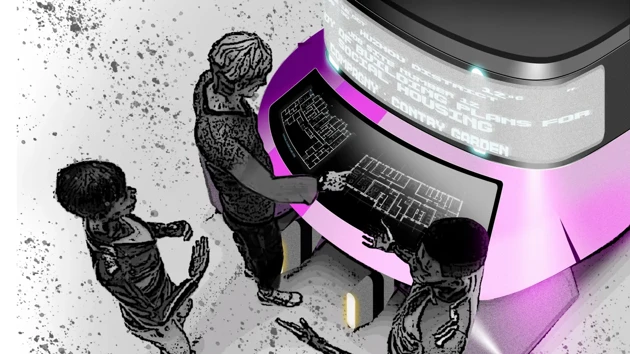

The different modes explained on the top panel, accompanied by an emoji for immediate identification.
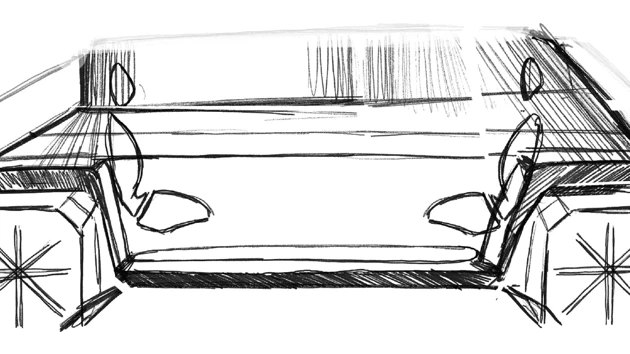
Key sketch.
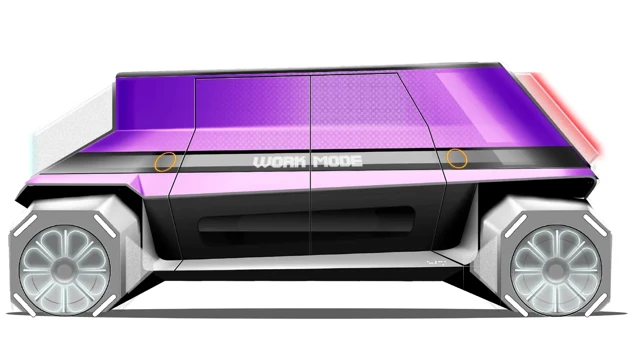
First render.
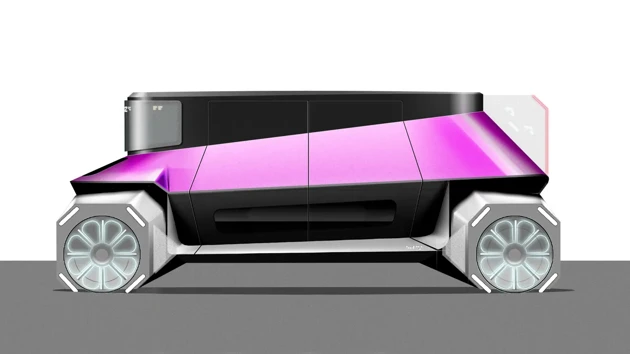
No mode active transparent rear pannel.

Mode « Battery recharging in progress » Green rear pannel.
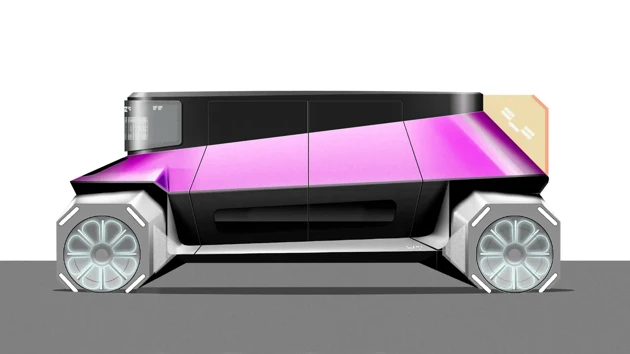
Mode « Do not disturb » orange rear pannel.
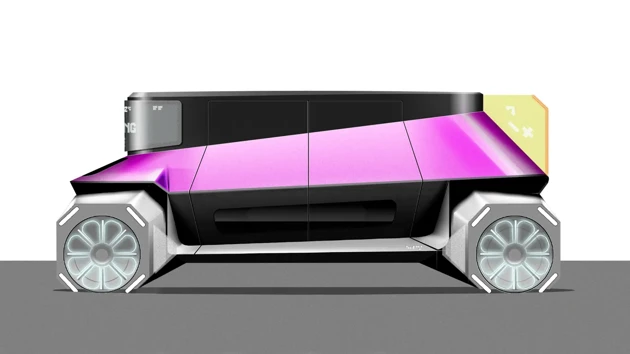
Mode « Watchout empty vehicle fully autonome » yellow rear pannel.
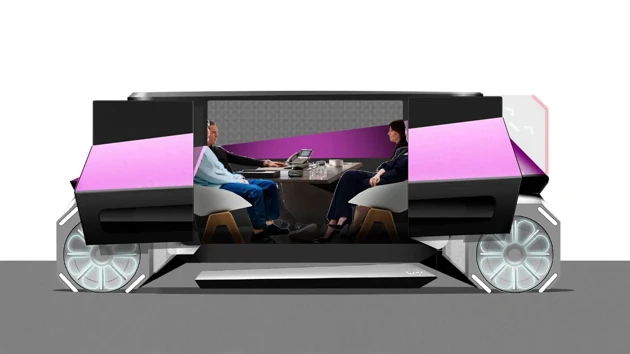
Mode « Open »
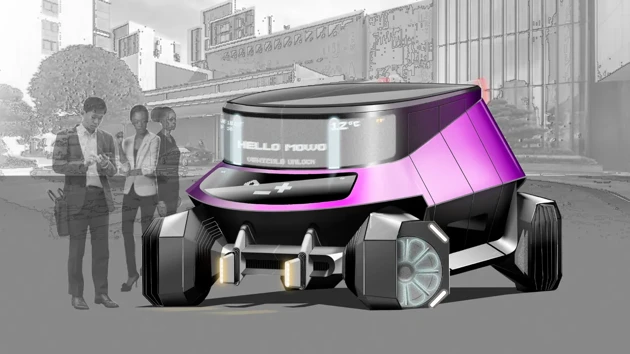
¾ front with background.
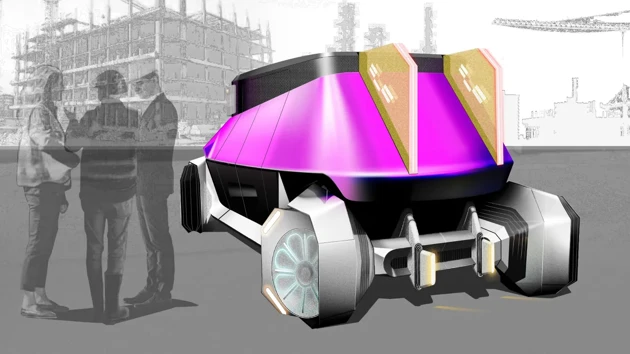
¾ rear with background.










